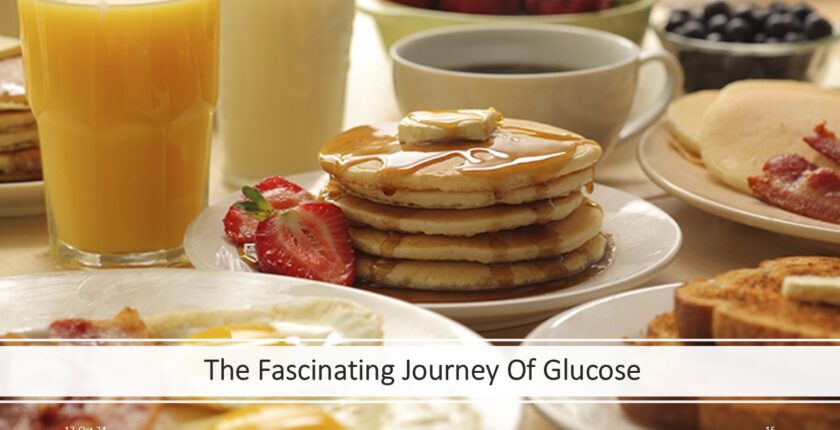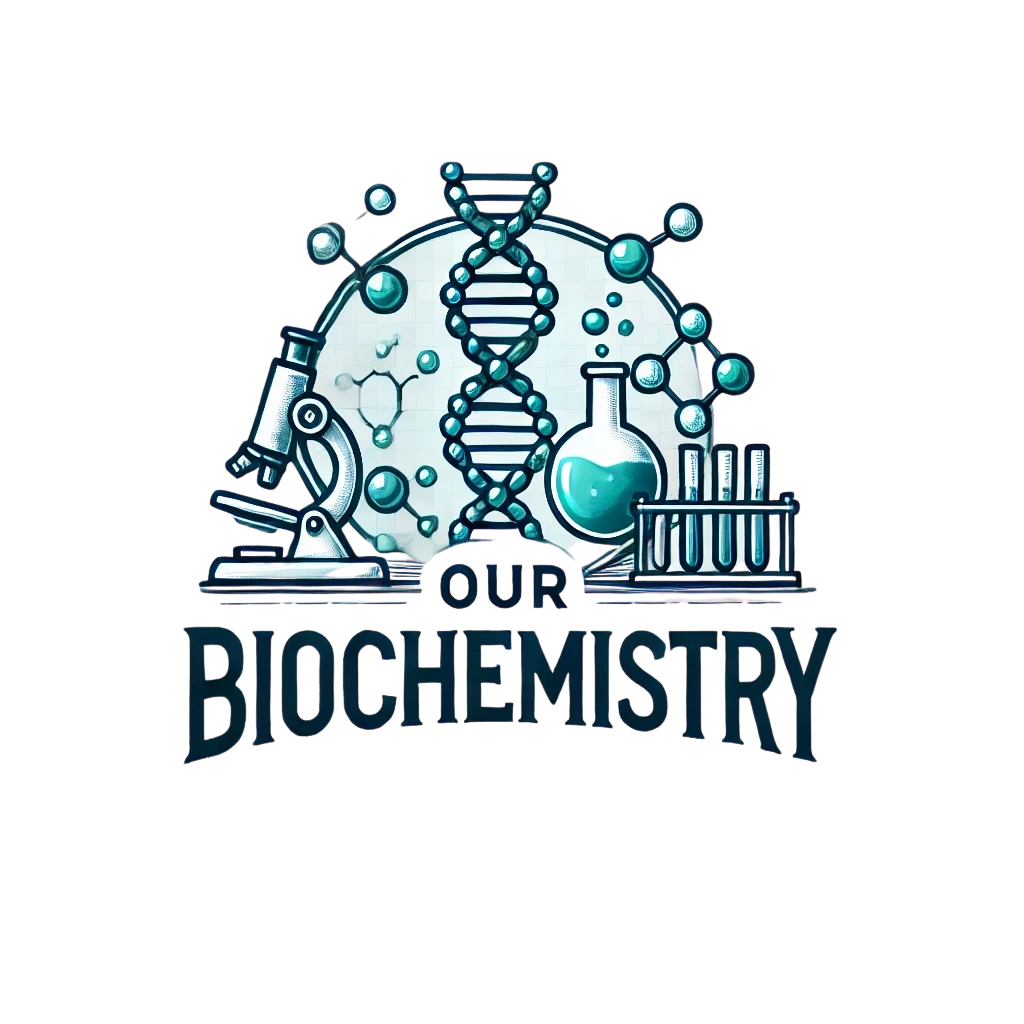Library
A Summary Of Glycolysis
- October 17, 2024
- Posted by: Namrata Chhabra
- Category: Energy metabolism Learning resources Library Metabolism of Carbohydrates Quick revisions Quick revisions USMLE Content

🎧 Episode Summary:
Welcome to Biochem Bytes, your go-to podcast for mastering core biochemistry topics in minutes. In today’s episode, we’re breaking down glycolysis—the central pathway of glucose metabolism.
Glycolysis Simplified:
Glycolysis is a 10-step metabolic pathway that occurs in the cytoplasm of all cells. It converts one molecule of glucose (a 6-carbon sugar) into two molecules of pyruvate (a 3-carbon compound), generating ATP and NADH in the process.
The pathway is anaerobic, meaning it doesn’t require oxygen, making it crucial for energy production in low-oxygen conditions like muscle contraction during intense exercise.
Key Phases:
Glycolysis can be divided into two major phases:
-
Energy Investment Phase:
-
Steps 1 to 5
-
Two ATP molecules are consumed to phosphorylate glucose and form fructose-1,6-bisphosphate.
-
-
Energy Payoff Phase:
-
Steps 6 to 10
-
Four ATP molecules and two NADH molecules are produced per glucose.
-
Key Enzymes & Regulatory Steps:
-
Hexokinase/Glucokinase: Converts glucose to glucose-6-phosphate (Step 1)
-
Phosphofructokinase-1 (PFK-1): The major rate-limiting enzyme (Step 3)
-
Pyruvate Kinase: Catalyzes the final step forming pyruvate and ATP
Net Yield (per glucose molecule):
-
2 ATP (4 produced – 2 used)
-
2 NADH
-
2 Pyruvate
Clinical Tie-In:
-
Pyruvate kinase deficiency can lead to hemolytic anemia due to impaired ATP production in red blood cells.
-
In cancer cells, glycolysis is upregulated even in the presence of oxygen—a phenomenon known as the Warburg effect.
Takeaway Message:
Glycolysis is fundamental—not just for energy but for connecting to other pathways like the TCA cycle and fermentation. Understanding its regulation is crucial for both normal physiology and pathology.

